Blogs
Cell Biology • Molecular Biology
Proteomics • Antibodies
Labware & Equipment
Cell Biology
|
Media Adaptation for Suspension Cells
The success of an experiment can rely heavily on the
type of cell culture media used. Many choices are
available and selecting the right media can ensure the
optimal performance of your cells...
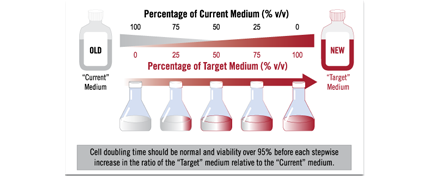
Mirus Bio (mirusbio.com)
|
CRISPR’ing Wheat with a Gene Gun
Biolistic transfection, also known as particle bombardment, is exactly
what it sounds like: microparticles coated with nucleic acids are shot
into cells with devices called "gene guns. The conception of biolistic
transfection is credited to Dr. John Sanford, who showed that...
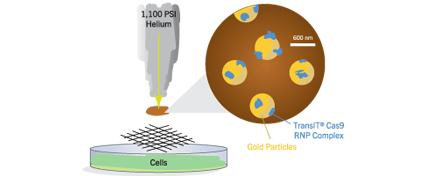
Mirus Bio (mirusbio.com)
|
|
Hydrogels for 3D Bioprinting
Three-dimensional (3D) bioprinting is an emerging technology
that enables the fabrication of complex, biomimetic tissue constructs for
applications in tissue engineering, regenerative medicine, and drug testing.
Hydrogels, which are hydrophilic polymeric networks capable of absorbing...
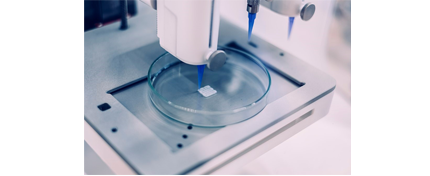
Cell Guidance Systems (cellgs.com)
|
|
Return to Index
Molecular Biology
|
Printing Better Cellularized Blood Vessels with PODS
In an exciting development, biomaterials scientists have used advanced
biomaterials and an ingenious manufacturing method to produce
co-axial extruded, cellularized blood vessels incorporating
cells derived in situ from fat stem cells from the patient.
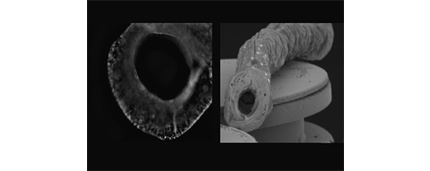
Cell Guidance Systems (cellgs.com)
|
Glycoproteins and Disease
Glycosylation plays a vital role in a multitude of biological processes.
It is no surprise that it has become a key area of study to understand
human diseases. The importance of the glycome - the complete set
of sugar composition of a cell or organism - was first evidenced by...

GlycoSeLect (glycoselect.com)
|
|
Engineering Nature: The World of Synthetic Biology
In recent years, the filed of synthetic biology has emerged as a
revolutionary branch of science, blending engineering principles
with biology to reshape the way we understand and interact
with living organisms. This groundbreaking discipline...
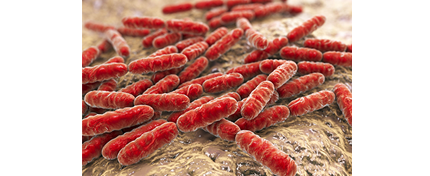
Cell Guidance Systems (cellgs.com)
|
The Promise of Chromatin Research
to Advance Precision Medicine
Precision medicine, also known as personalized or individualized medicine,
describes the use of patient-specific molecular features to guide disease
diagnosis, monitor progression and treatment response, or identify new
targets for drug development. The application of precision medicine...

EpiCypher (epicypher.com)
|
Return to Index
Proteomics
|
SPRI Bead or Column DNA Purification
Which Method is Best for CUT&RUN?
Purification of target-enriched DNA is central to CUT&RUN (and CUT&Tag)
chromatin mapping workflows. When considering a DNA cleanup strategy,
multiple methods are available: phenol-chloroform extraction, column-based
separation, and SPRI bead technology. With so many options,
how can you besure you've selected the right method?

EpiCypher (epicypher.com)
|
Unlocking the Histone Code:
A Spotlight on Three Essential Histone PTMs
The "histone code" hypothesis postits that epigenetic features, specifically
histone post-transitional modifications (PTMs), act as a unique molecular
language to regulate chromatin structure and gene expression 1-3.
But how does this work?...

EpiCypher (epicypher.com)
|
|
The Talented Caf1 Protein
Many components of the biotechnology and medical toolbox have their origins
in pathogenic microorganisms. These have been adapted to generate
useful tools and therapies for research and medicine. Now Caf1 proteins,
also known as Cytotoxic Assocation Factor 1...

Cell Guidance Systems (cellgs.com)
|
The Future of mRNA Vaccines
Affinity purification (also called affinity chromatography) is recognized as
the most powerful method of purification chromatography or enriching a
protein of interest from a complex mixture such as a crude cell lysate,
cell culture supernatant, or other samples...
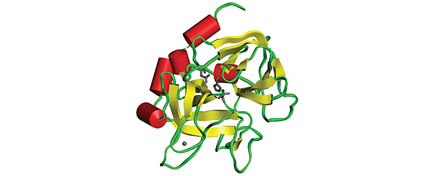
GBiosciences (gbiosciences.com)
|
Return to Index
Antibodies
|
Chemists' Technique Reveals
Whether Antibodies Neutralize SARS-CoV-2
GlycoSeLect provided the MIT team with Recombinant Prokaryotic Lectins.
These RPLS assisted Prof. Laura Kiessling (MIT Novartis Professor of Chemistry
and founding Editor of ACS Chemical Biology) and her team with their research
and findings. We are grateful for the opportunity and proud to be...
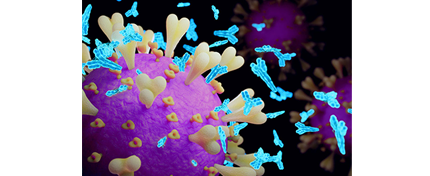
GlycoSeLect (glycoselect.com)
|
A Guide to Understanding Lectins vs Antibodies
Both lectins and antibodies are powerful binding proteins used across
many applications. Since their discovery in the late 19th century, these
molecules have been widely studied, classified, and utilized in the
advancement of research, health, and the sciences...

Vector Laboratories (vectorlabs.com)
|
|
Considerations When Selecting a Primary Antibody
Antibodies are blood proteins produced in the immune system in
response to a specific antigen. This specific antigenicity is what
makes antibodies such a powerful tool in immunohistochemistry.
The earliest reference to antibodies goes back to the 1890s...
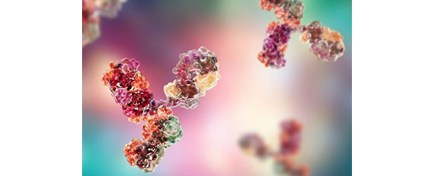
Vector Laboratories (vectorlabs.com)
|
The Right Tool for the Job: Selecting Appropriate
Protein Detection and Visualisation Methods
Since the method was first described by Albert Coons in 1941,
immunostaining has been a foundational tool in understanding
the mechanisms underlying health and disease. In this article,
Pam James, PhD, Vice President, Product, Vector Laboratories...

Vector Laboratories (vectorlabs.com)
|
Return to Index
Labware & Equipment
|
The Difference Between Internally & Externally
Threaded Tubes
The choice for the correct sample storage tube for your research
purpose can be quite difficult, there is a lot to take into account.
In what temperature am I storing the sample, how much volume
do I need, what kind of coding options are available...
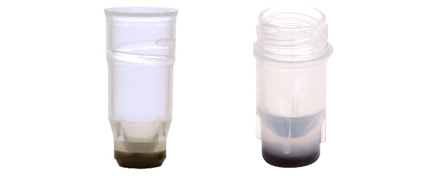
Micronic (micronic.com)
|
How to Know When It's Time to Retire Lab Equipment
Laboratory equipment is designed to deliver reliable performance for years,
sometimes even decades, but no equipment lasts forever. No matter how well
you take care of it, you will eventually need to replace some of the equipment
in your laboratory. Unfortunately, it's not always easy to determine...
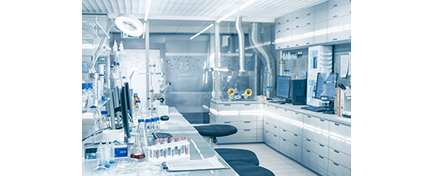
Labnet (labnetinternational.com)
|
|
New Water Disinfection Method
Kills Bacteria Using Electricity
Researchers from Georgia Institute of Technology's School of
Civil and Environmental Engineering discovered a new way of
disinfecting water using a locally enhanced electric field (LEEFT)
that directly zaps bacteria in nanoseconds...

Aqua Solutions (aquaa.com)
|
|
Return to Index




















